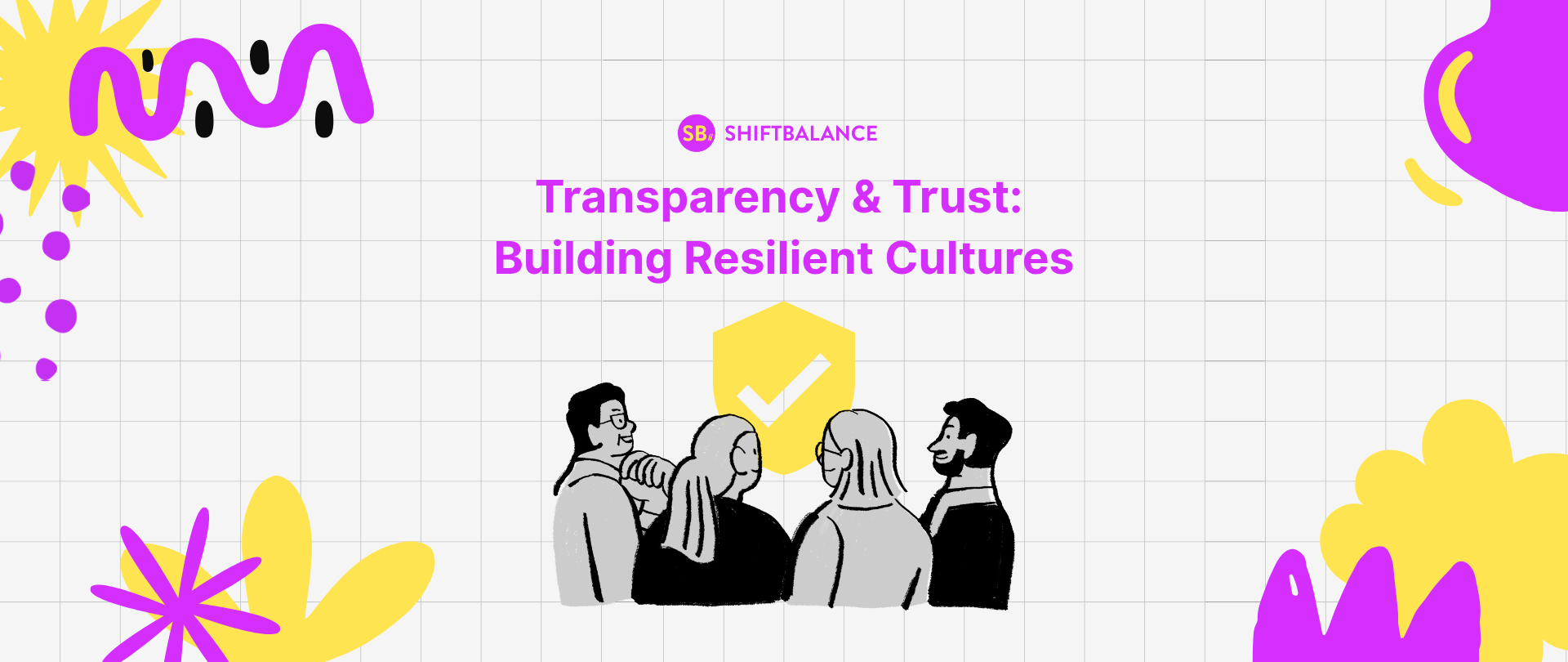In the bustling, interconnected workplace of 2025, trust stands as the bedrock of success and well-being. It is more than a pleasant ideal; trust is a strategic asset, a competitive advantage, and the oxygen of a thriving culture. Cultivating this vital trust hinges on an unwavering commitment to transparency and open communication. These principles move beyond mere information sharing; they build psychological safety, foster genuine engagement, and create an organizational ethos where every individual feels respected, valued, and connected to the collective mission. Without them, even the most innovative strategies risk crumbling under the weight of suspicion and disengagement.
The Hidden Cost of Secrecy
When genuine transparency and open communication are absent, the consequences can be detrimental, slowly eroding an organization’s fabric. A lack of clear, consistent dialogue creates fertile ground for significant challenges:
- Breeding Suspicion and Mistrust: Information vacuums quickly fill with rumors and speculation, leading to a pervasive sense of mistrust. This erodes faith in leadership and fosters an ‘us versus them’ mentality, leaving employees feeling perpetually in the dark and cynical.
- Decreased Engagement and Motivation: Employees who feel “out of the loop” or believe crucial information is withheld become profoundly disengaged. Their sense of purpose diminishes, reducing intrinsic motivation and leading to lower productivity, higher absenteeism, and increased turnover as talented individuals seek more fulfilling opportunities.
- Undermining Psychological Safety: A severe lack of transparency directly harms psychological safety. When employees fear negative repercussions for speaking up, they self-censor, leading to a culture of silence where critical insights and innovative ideas are never shared, and problems remain unaddressed.
- Siloed Operations and Inefficient Problem-Solving: Without the free flow of information, departments become isolated, often duplicating efforts or working at cross-purposes. Complex problems fester because no one feels informed enough to collaborate effectively across traditional boundaries, ultimately diminishing the organization’s collective intelligence.
- Damaged Employer Brand and External Reputation: Internal mistrust and dissatisfaction rarely stay internal. Disgruntled employees become poor brand ambassadors, with their negativity quickly spilling over to social media and professional networks, damaging the employer brand, customer perception, and the organization’s overall reputation.
Cultivating Openness: Insights and Actionable Strategies
Addressing the erosion of trust demands a conscious, strategic commitment to making transparency and open communication daily practices. This vital shift is driven by the powerful insight that transparency is an enabler, not a risk; it reveals strength and builds profound resilience. Furthermore, the understanding that information empowers, transforming employees into active, informed participants who genuinely own their contributions. Crucially, recognizing that feedback is a gift fosters continuous improvement, and the paramount importance of consistency ensures that trust is built and sustained over time.
Translating these powerful insights into a tangible culture of trust demands systematic action. Here are concrete strategies for implementing transparency and open communication effectively:
- Lead from the Top with Radical Candor and Empathy: Leaders must model desired behavior, being genuinely open about successes and challenges, admitting when they do not have all the answers, and proactively sharing strategic information. This builds credibility and strengthens psychological safety.
- Establish Regular Communication Rhythms: Create clear, consistent cadences for sharing information, such as weekly all-hands meetings for updates and Q&A, or transparent project dashboards to promote cross-functional awareness. Engaging internal newsletters or vlogs can also make information easily digestible and accessible.
- Implement Multi-Directional Feedback Loops: Create diverse and accessible channels for feedback beyond formal reviews. This includes anonymous pulse surveys for quick sentiment checks, structured one-on-one meetings, effective open-door policies with follow-through, and 360-degree feedback systems to foster accountability and growth.
Demystify Decision-Making Processes: Go beyond simply announcing decisions. Explain the process followed, the rationale behind major choices, the data considered, and the trade-offs involved. Understanding the thinking behind decisions builds acceptance and trust, even if employees do not always agree with the outcome. - Empower Managers as Communication Facilitators: Equip managers with essential skills to actively listen, convey complex information clearly, manage difficult conversations with empathy, and foster open dialogue within their teams. They are the critical frontline ambassadors of transparency and crucial conduits for information flow.
- Create Designated “Safe Spaces” for Dialogue: Establish specific forums, such as team retrospectives or cross-functional working groups, where individuals feel genuinely safe to express concerns, provide constructive criticism, and share ideas without fear of negative repercussions. Clearly communicate the purpose and safety of these spaces.
In 2025, the currency of trust in the workplace is more valuable than ever. Bymaking transparency and open communication non-negotiable culturalcornerstones, organizations can move far beyond mere compliance to fostergenuine human connection, deep engagement, and a powerful sense of sharedpurpose. This is not just about cultivating a “nice” workplace; it is aboutbuilding a robust, resilient, and highly engaged workforce capable of navigatingcomplexity, driving sustained innovation, and achieving unparalleled success inan ever-evolving global landscape. Imagine the collaborative spirit andflourishing ideas that can emerge in teams right here in Barcelona when trust isthe default.
How has transparency impacted your own workplace experience in Barcelona or elsewhere? What is one communication strategy you believe is often overlooked but incredibly effective? Share your insights and personal stories in the comments below – let us learn from each other and build a more trusting future of work, together!
Insightful Exchanges: Cultivating Your Knowledge Garden
- “The Speed of Trust: The One Thing That Changes Everything” – Stephen M.R. Covey
- “Dare to Lead: Brave Work. Tough Conversations. Whole Hearts.” – Brené Brown
- “The Culture Map: Breaking Through the Invisible Boundaries of Global Business” – Erin Meyer
- “Work Rules!: Insights from Inside Google That Will Transform How You Live and Lead” – Laszlo Bock
- “Leading with Empathy: Your Guide to a Connected Workplace” – Daniel Goleman








